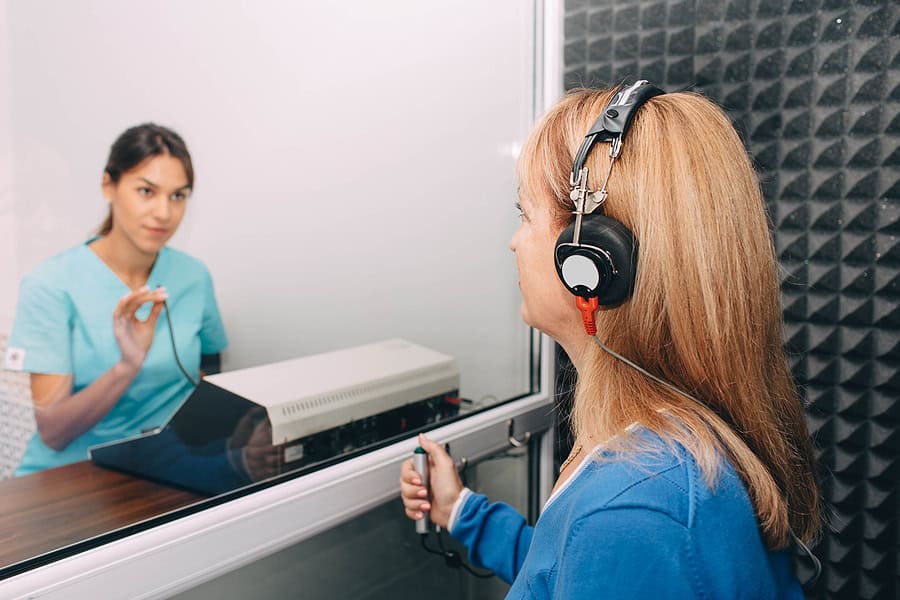Walking into a hearing health exam for the first time can feel like stepping into unfamiliar territory. There may be questions about what will happen, how long it will take, or whether the test will be uncomfortable. Understanding the process ahead of time can ease those concerns and make the experience smooth and stress-free.
Hearing tests are designed to assess how well different parts of the auditory system are working. These exams are painless, non-invasive, and tailored to each person’s unique hearing needs. Whether the visit is for a suspected hearing loss or a routine check-up, the process is straightforward and informative.
Physical Examination of the Ears
The hearing health professional uses a small handheld tool called an otoscope to check for blockages, infections, or damage in the ear canal and eardrum. This quick examination helps rule out issues that could affect hearing, such as earwax buildup or fluid behind the eardrum.
The physical exam is completely painless and only takes a few moments. Identifying any physical obstructions early on ensures the hearing test results are as accurate as possible. If a medical condition is detected, further evaluation may be recommended before proceeding with the full assessment.
Pure-Tone Testing
One of the most common parts of a hearing test is pure-tone audiometry. Patients will wear headphones and listen to a series of beeps at different pitches and volumes. The goal is to indicate when a sound is heard, helping to determine the softest sounds that can be detected at various frequencies.
This test is conducted in a quiet, soundproof room to eliminate background noise interference. Results are plotted on an audiogram, a visual representation of hearing ability across different tones. This information helps identify patterns of hearing loss and guides treatment options if needed.
Speech Recognition Testing
Hearing loss doesn’t just affect how sounds are heard, it also impacts how speech is understood. Speech recognition testing evaluates the ability to hear and repeat words at different volumes and in various listening conditions. This provides insight into real-world communication challenges. Some words may be played with background noise to simulate common environments, such as restaurants or busy streets. The results help determine if hearing aids or other assistive devices could improve daily conversations. This test is especially important for those who struggle to understand speech despite normal hearing test results.
Middle Ear Function Testing
In some cases, additional tests may be used to assess how the middle ear is functioning. Tympanometry measures eardrum movement in response to air pressure changes, helping to detect fluid buildup or issues with the ear’s structure. This test is quick and does not require active participation.
Acoustic reflex testing may also be performed to check the ear’s response to loud sounds. These assessments provide valuable information about the mechanical function of the ear, complementing the results of the pure-tone and speech tests. Identifying middle ear issues ensures that any hearing loss is properly diagnosed and treated.


